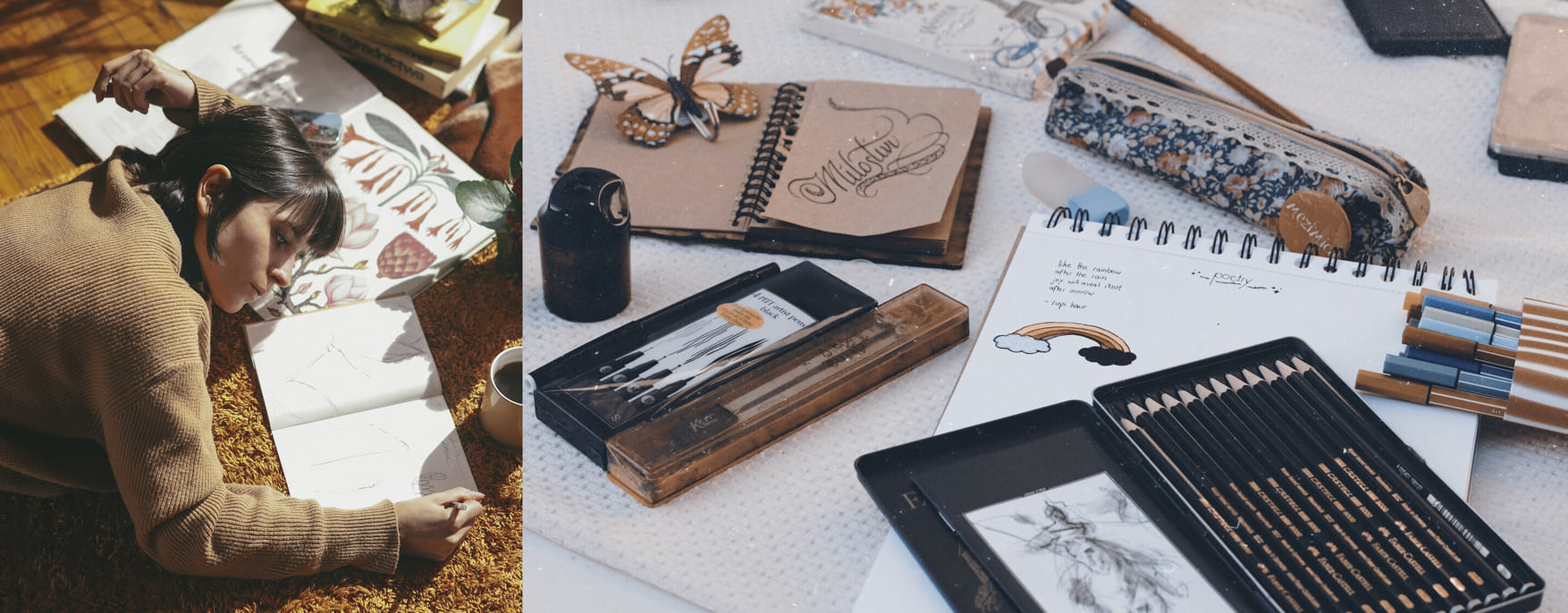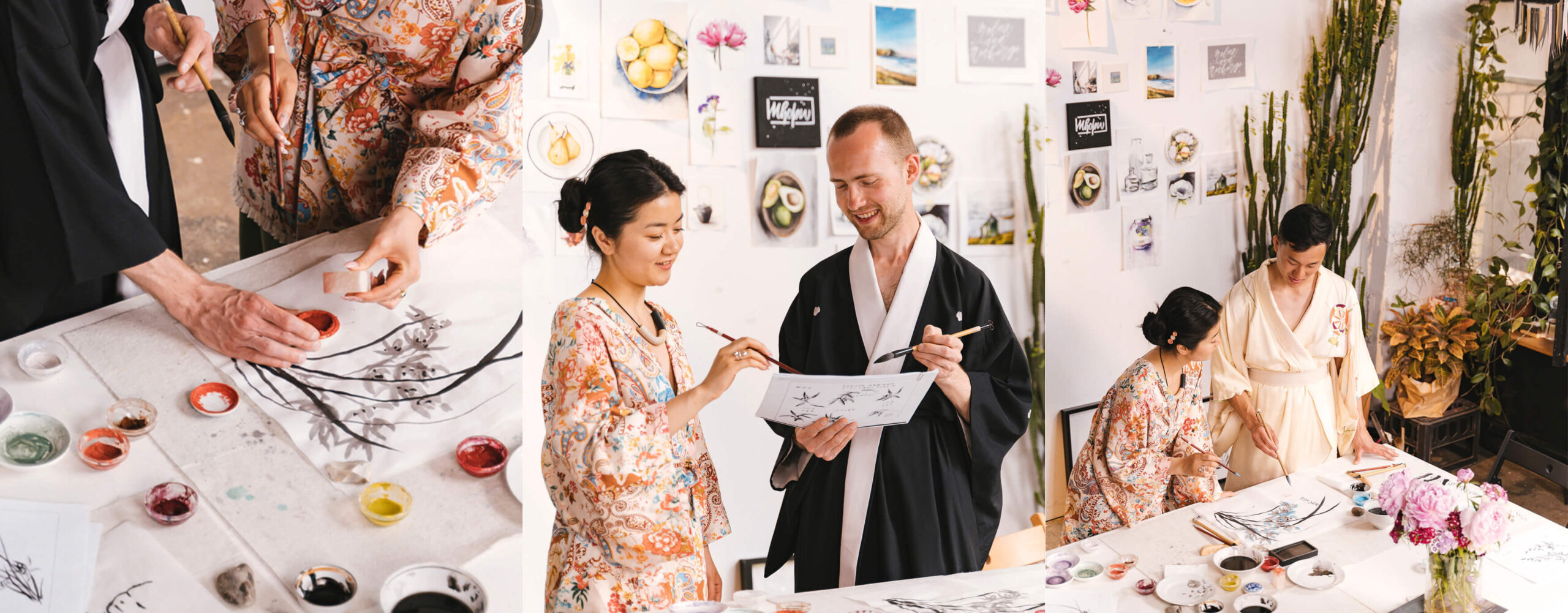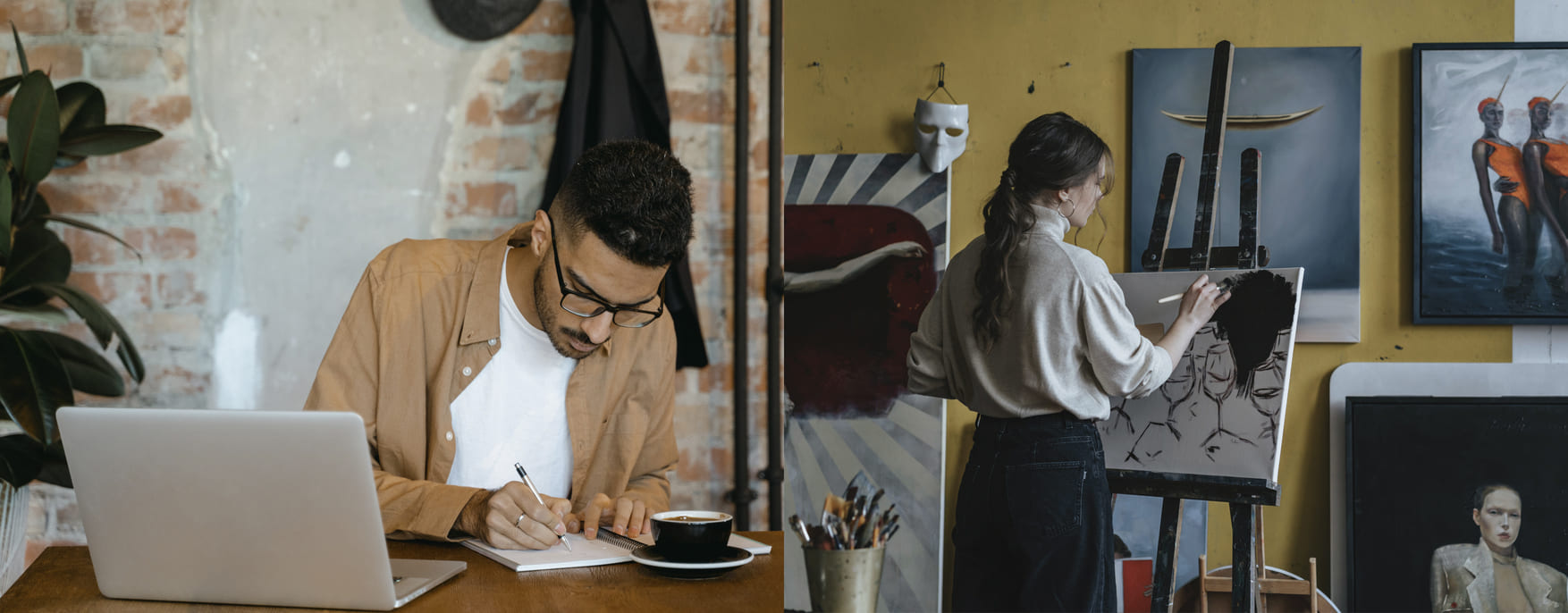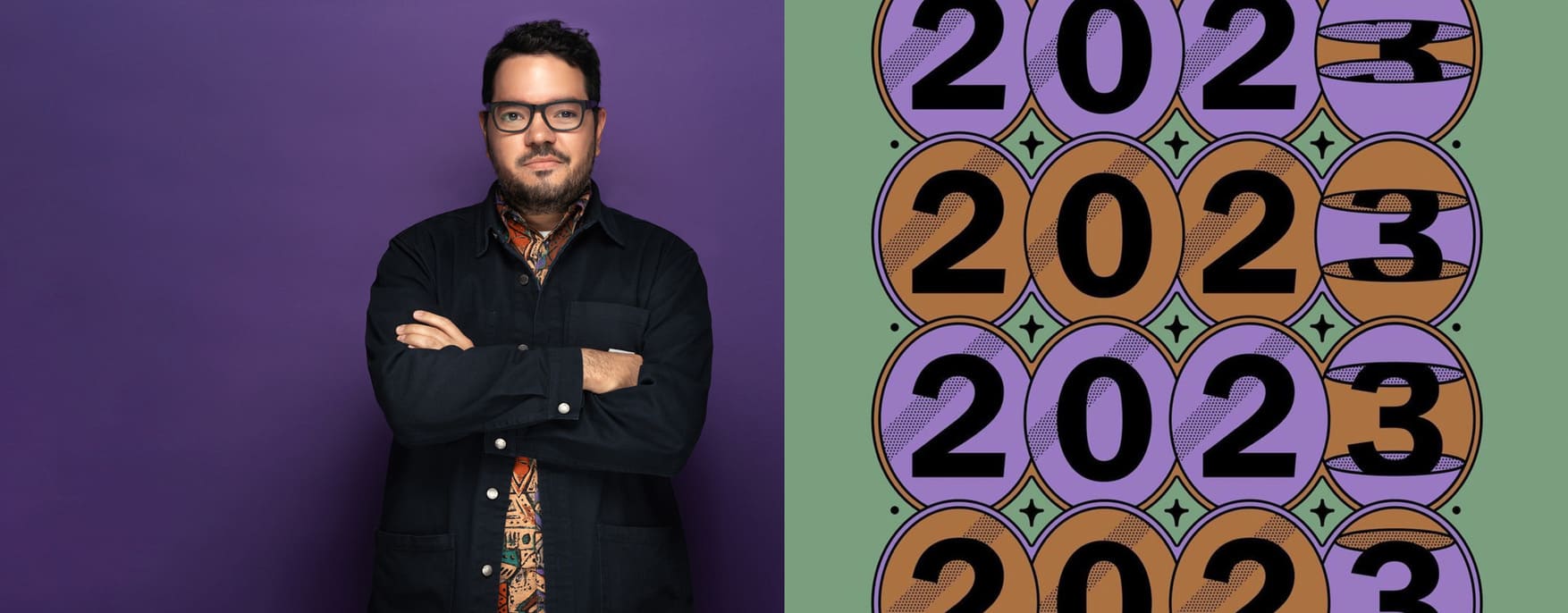Becoming an artist is a process, sometimes it starts with a call at an early age to pursue certain creative impulses, other times it comes in the form of a hobby that starts to take up more and more meaning and space. It might come as a discovery or even as the answer after a long search.
Whenever you are on this path, this is a short list intended to motivate you and give you the resources to thrive as an artist.
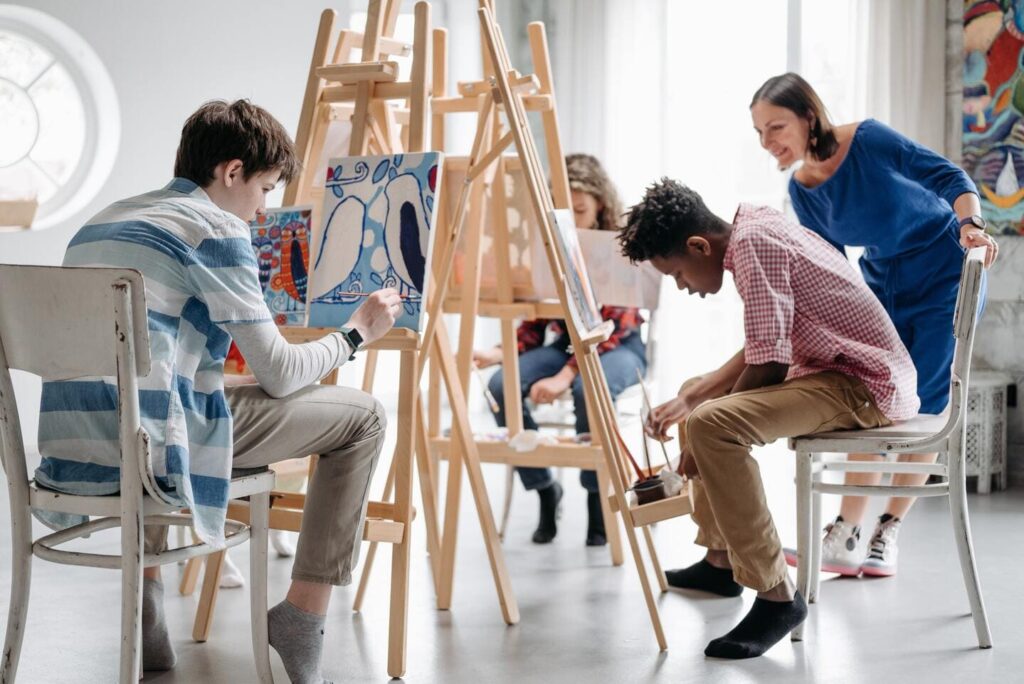
Contents
Recognize your artistic skills and talent
The first stop in this journey is recognizing your skills, your capabilities, and your need to create. Technique, style, and talent, are all things you will develop and strengthen as you keep working on your craft. But the first person who needs to recognize you as an artist is yourself.
External validation like academic titles, exhibiting your work, or winning an award, can all be great milestones in your career, but creating these opportunities begins with defining yourself as an artist.
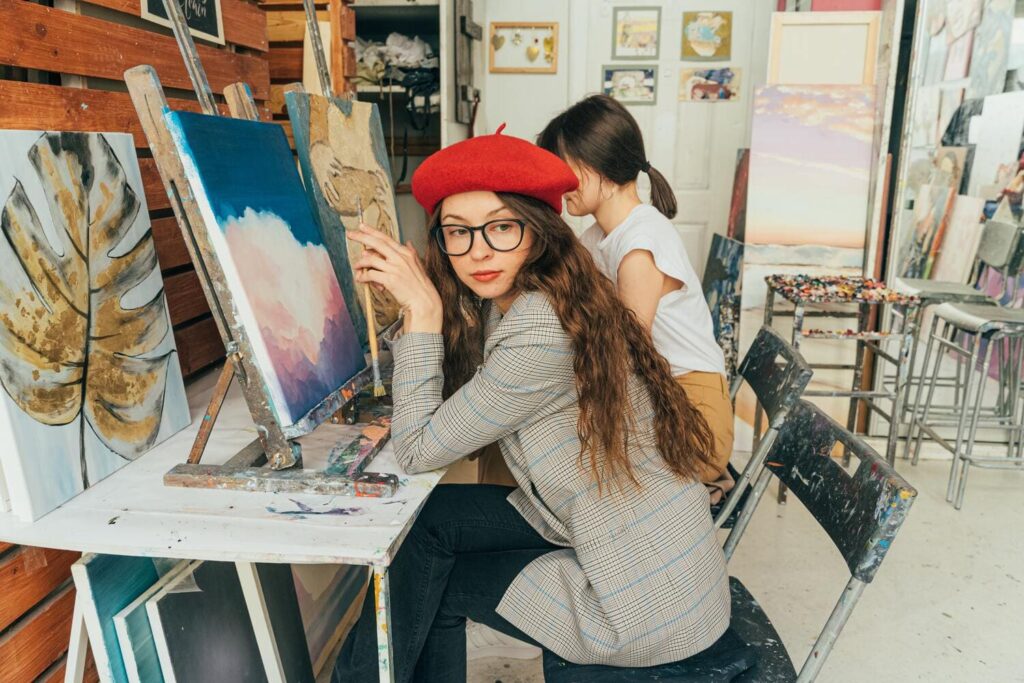
Practice: work on your skills to boost your talents
Don’t believe the old saying: “practice makes perfect”, perfection doesn’t exist. Rather aim for steadily working on your skills, discovering new outlets for your creativity, and working with new mediums. Make practice a daily activity, and let it find its way into your routine.
The practice may help you improve a skill like drawing or painting, and it will also strengthen your creative muscle.
-Improve your art skills with these prompts.
-Follow these art prompt ideas to exercise your creativity.
Keep a journal: create a space for your ideas
Your ideas need a space to blossom and that can be your journal or journals. Yes, you can keep more than one. You can define a goal for each one: one could work as a backlog of ideas, the other as a “brain dump” to write everything that’s on your mind, or use it to track your progress in a project. Possibilities are endless, once you ignite your creativity a journal can be a safe place to develop your ideas.
Prepare your art tools and get ready to use them
Every artist has a tool kit, it might have the basics: brushes, pencils, canvas, and paper sheets, but it can also look like a set of image editing software for digital art and NFTs, a camera and film for photography, and the list goes on and on. Whatever you need, make sure to have it ready, in proper condition, and on hand, to work whenever you need it.
Network: engage with a community of fellow artists
No artist is an island. You might spend most of your time in the studio, but there is a whole worldwide community of artists leading interesting debates around their craft. Engage with them, start the conversation, listen to their advice and tips, see what they have to share about their own artistic experience, and engage. These relationships will enrich your process.
Study: understand the basis and the history of the art world
See yourself as an eternal student. It doesn’t matter how far you’ll go, seeing the world with the eyes of a student keeps you in a state of marvel, eager to know more, enabling you to get excited about new things. Study what’s behind each technique, and learn about the main elements of art, color theory, and art history.
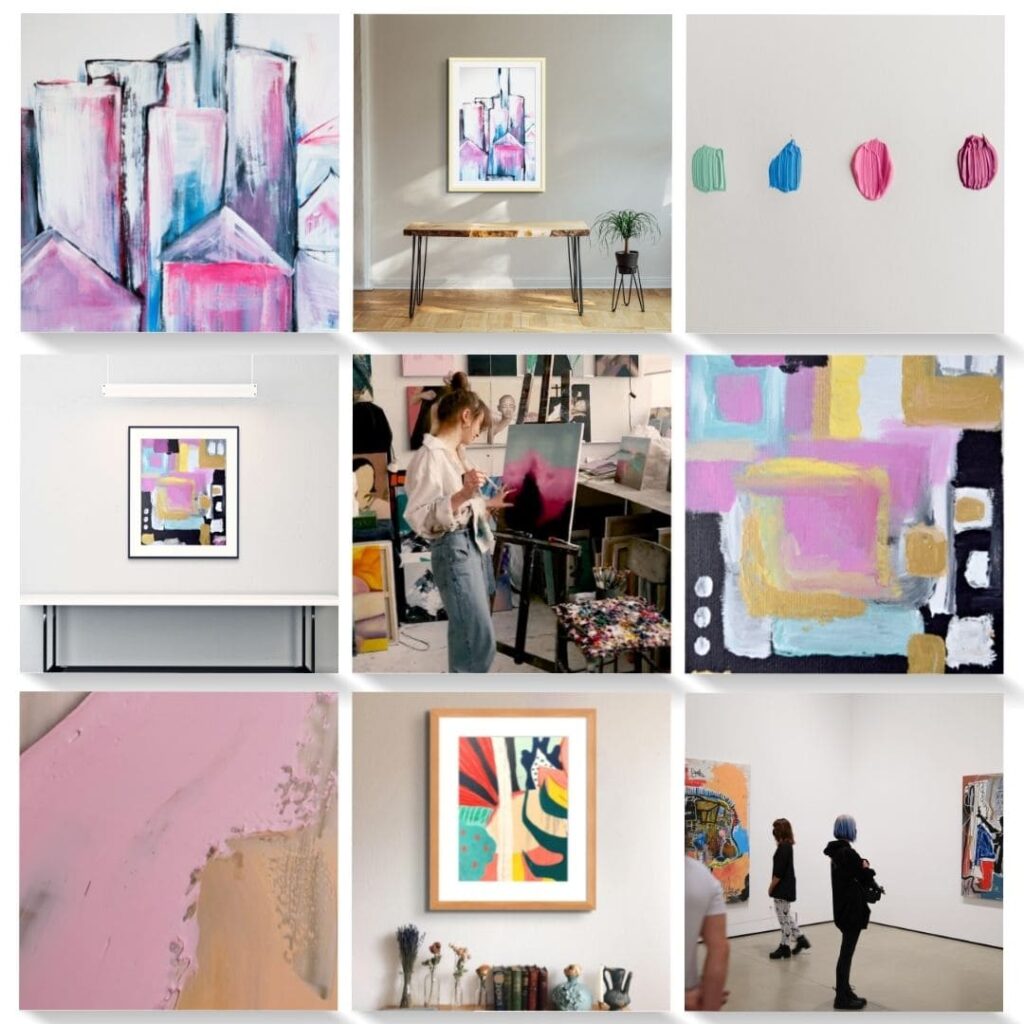
Claim your space in the digital world: create an artist profile
The line between digital and IRL (in real life) has never been as blurred as today, we live in a hybrid world. Taking up your own space in the digital world to share your process and creations is a career-boosting move. You can create anything from a professional website to an artist’s social media profile, and feed them with content derived from your own artistic work. This is the way you build a community of people that are interested in your work, potential collectors, and art buyers.
Share your artistic work with the world
Artists today, no matter where they are, can speak to a global audience. This creates a demand for creative and innovative ways to share your work. It starts with simply taking good-quality photographs of your pieces, and then the possibilities are as endless as your creativity.
One good way to give a broader sense of how your art interacts with the space is creating mockups of your art in place that also capture your aesthetic. With ArtPlacer’s Room Mockups, this is a quick process, with just a few clicks you can “drag and drop” your artwork, frame it, tweak brightness and lighting to achieve a more realistic result, and even customize wall colors or layer your art behind objects.
Once you have come up with the perfect setup for your art, you can save it and share it. These exquisite room mockup images are ideal for everything from social media posts and stories, to newsletter headers, website banners, and more.
Want to connect with your audience in a different way? Then inaugurate your first online art show. Creating a virtual exhibition is a great way to provide an engaging experience to potential clients, it’s cost-effective, and it’s also fully customizable. You can showcase many formats like images, GIFs, NFTs, videos, and even 3D-like objects or sculptures.
You can take your first steps in the curatorial world with an online art gallery hosted on your professional artist website and shareable by link. These digital 3D galleries are open 24/7 and available from any corner of the world. People can experience your art with just a click.
Now that you have all these tools and resources is time to remind yourself who you are: an artist! And share it with the world.
